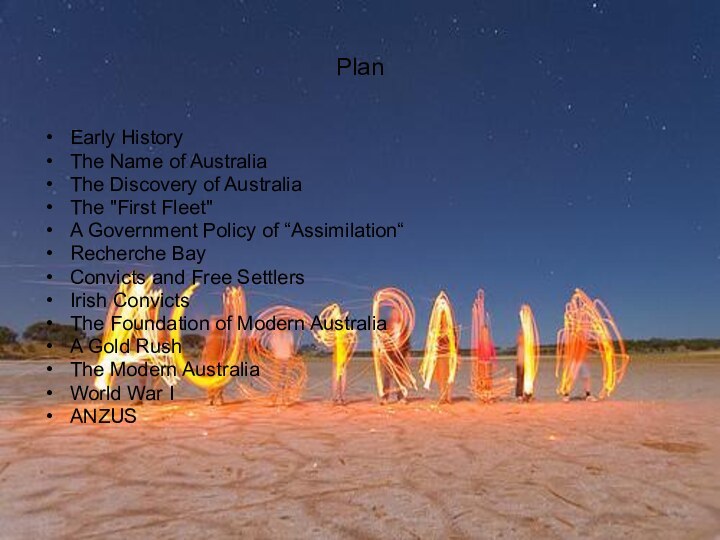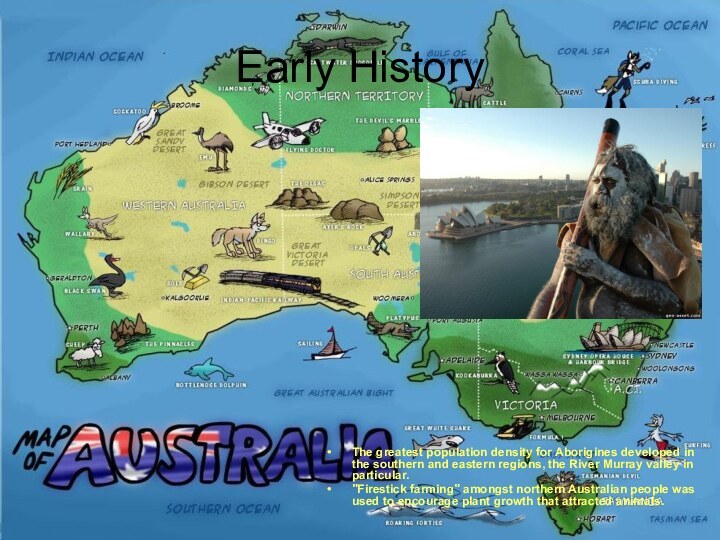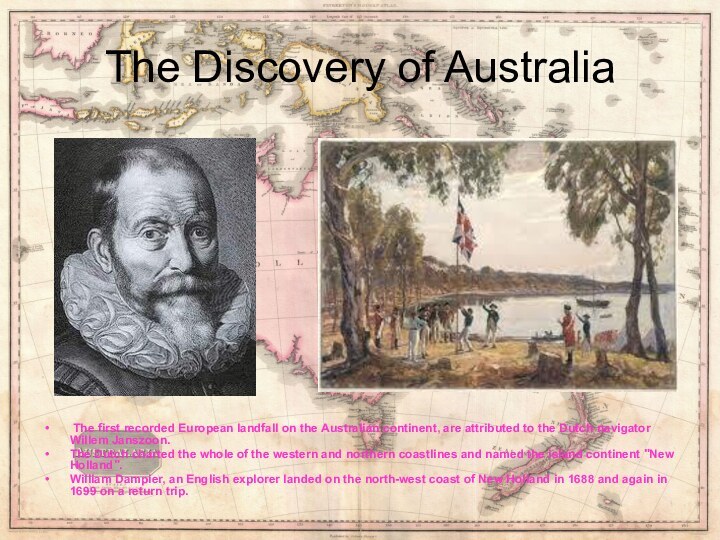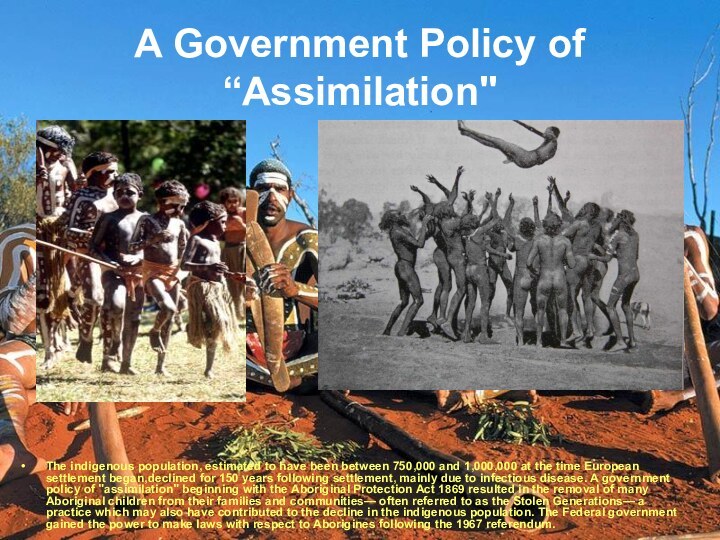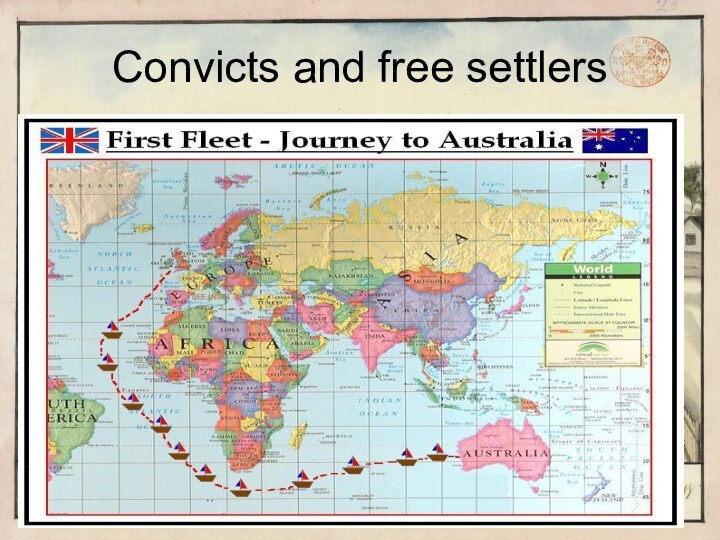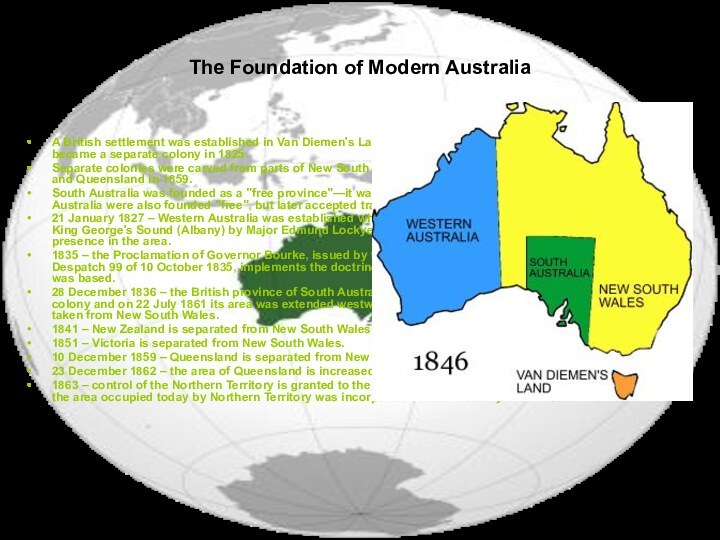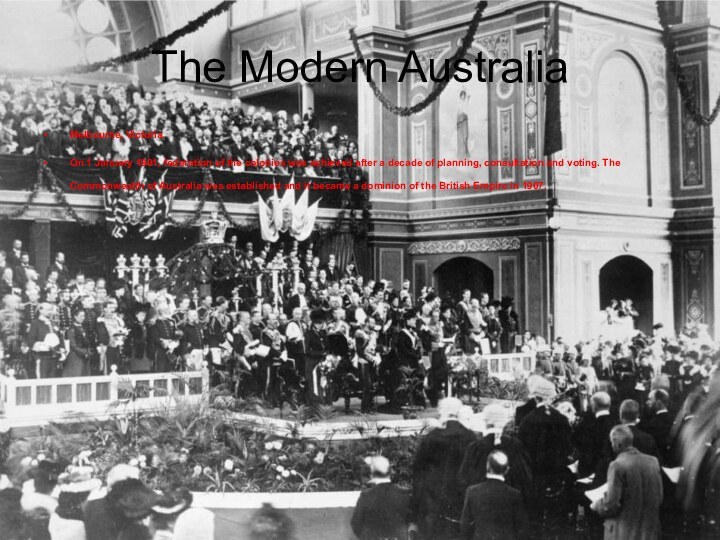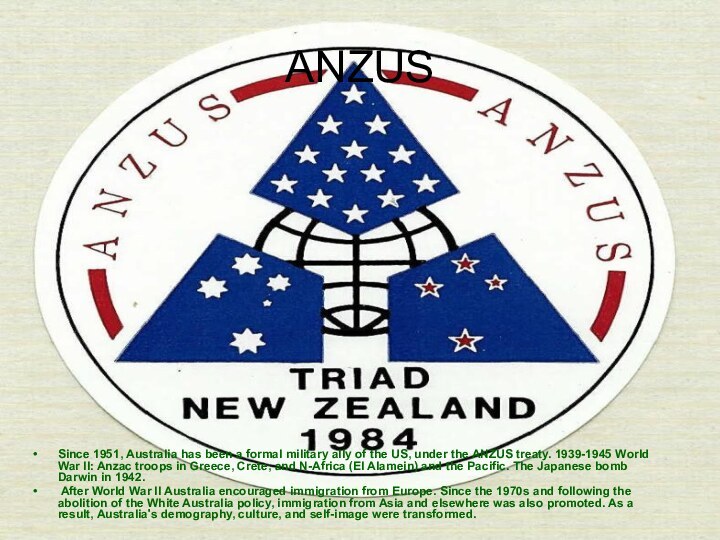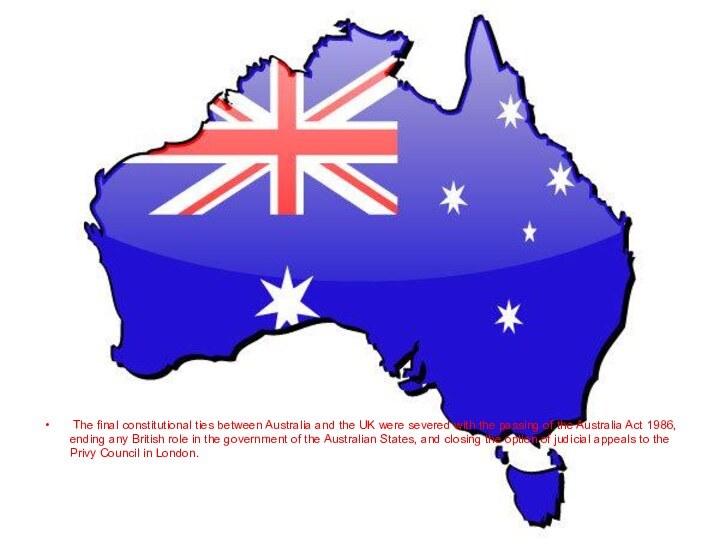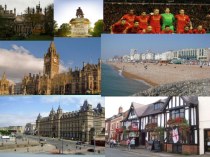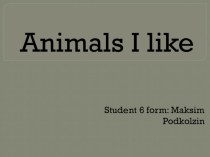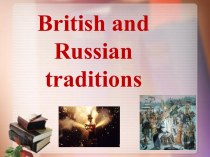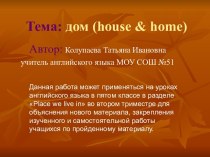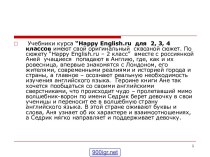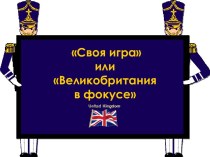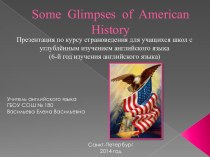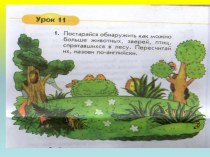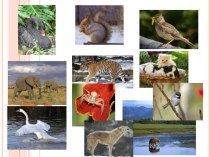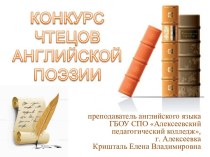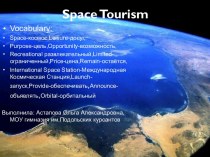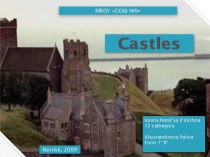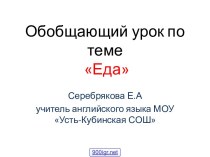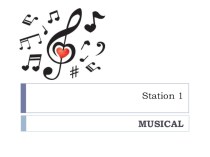Land, now known as Tasmania, in 1803 and it
became a separate colony in 1825.
Separate colonies were carved from parts of New South Wales: South Australia in 1836, Victoria in 1851, and Queensland in 1859.
South Australia was founded as a "free province"—it was never a penal colony. Victoria and Western Australia were also founded "free", but later accepted transported convicts.
21 January 1827 – Western Australia was established when a small British settlement was established at King George's Sound (Albany) by Major Edmund Lockyer who was to provide a deterrent to the French presence in the area.
1835 – the Proclamation of Governor Bourke, issued by the Colonial Office and sent to the Governor with Despatch 99 of 10 October 1835, implements the doctrine of terra nullius upon which British settlement was based.
28 December 1836 – the British province of South Australia was established. In 1842 it became a crown colony and on 22 July 1861 its area was extended westwards to its present boundary and more area was taken from New South Wales.
1841 – New Zealand is separated from New South Wales.
1851 – Victoria is separated from New South Wales.
10 December 1859 – Queensland is separated from New South Wales.
23 December 1862 – the area of Queensland is increased.
1863 – control of the Northern Territory is granted to the Province (later State) of South Australia. In 1825 the area occupied today by Northern Territory was incorporated into the colony of New South Wales.
The Foundation of Modern Australia

